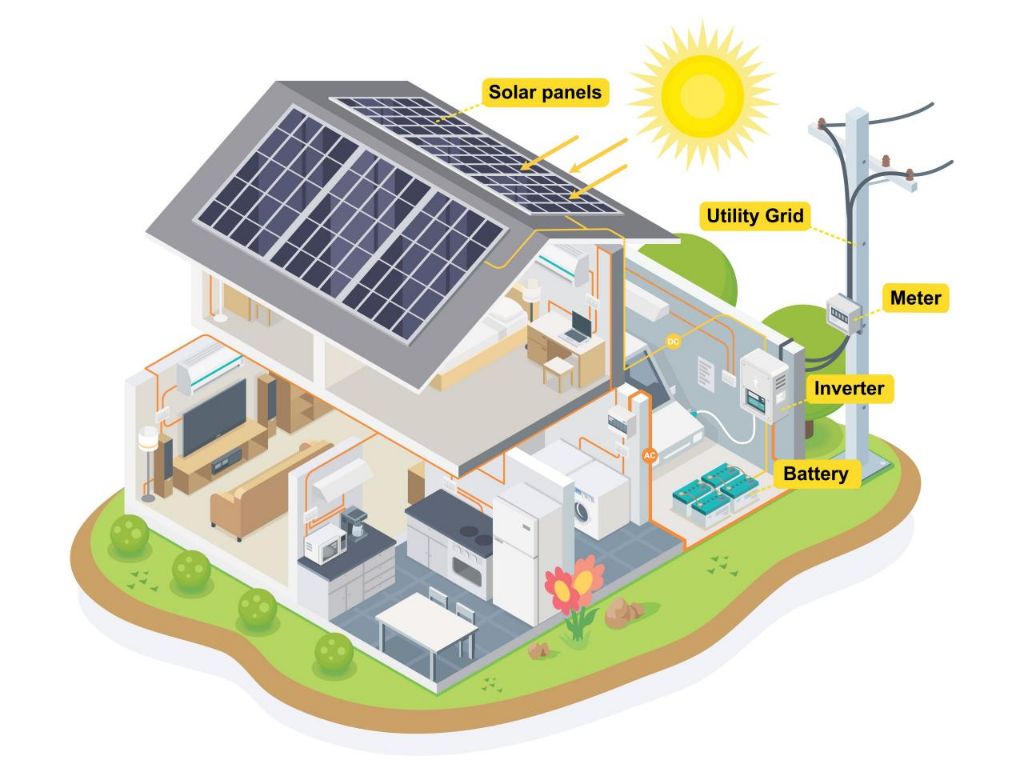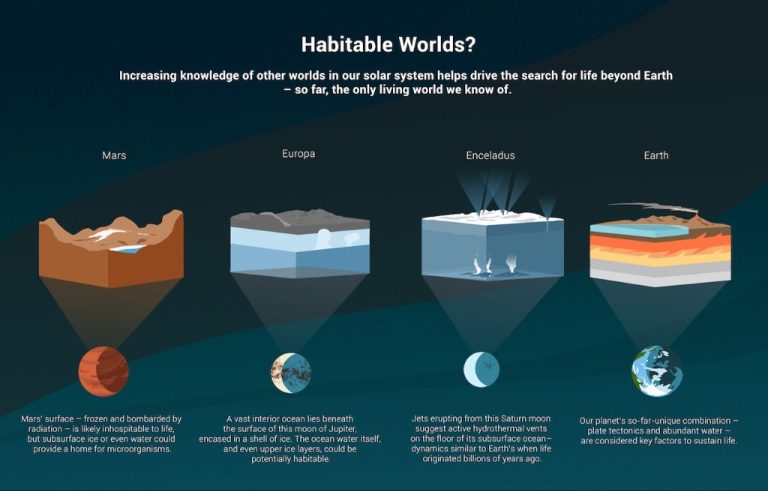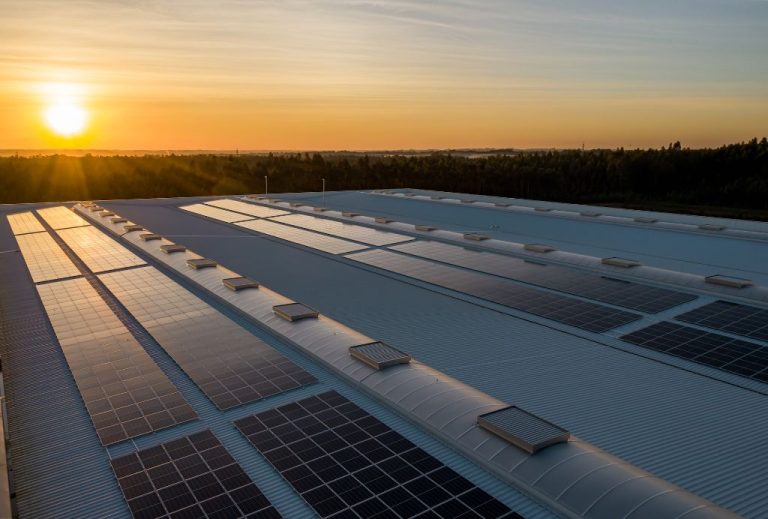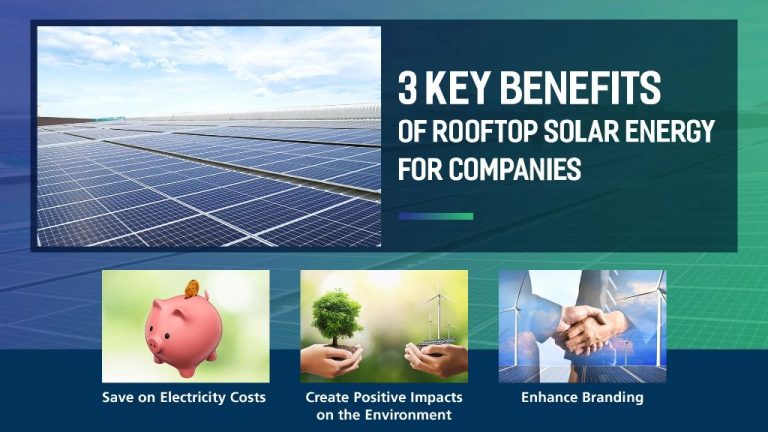How Much Is Solar Energy Projected To Grow?
Solar energy, also known as photovoltaics, converts energy from the sun into electricity through solar panels placed on rooftops or integrated into solar farms and community solar projects. The adoption of solar has grown rapidly in recent years thanks to falling costs and supportive policies.
The solar industry barely existed just over a decade ago. Advancements in technology, manufacturing, and economies of scale have contributed to a steep decline in solar pricing of over 70% since 2009. This precipitous drop has made solar competitive with fossil fuels. With solar capacity expanding and costs continuing to fall, the future looks bright for this renewable energy source.
Current Status of Solar Energy
Solar energy currently accounts for around 3% of total U.S. electricity generation. In 2021, the United States generated 121,400 gigawatt-hours of solar electricity, up from 77,000 gigawatt-hours in 2020. This is enough to power over 14 million homes. While solar still represents a small percentage of overall energy production, it has been the fastest growing renewable energy source over the past decade, showing double digit annual growth. The amount of installed solar capacity has increased more than 50 fold since 2010.
Projected Growth
The solar energy industry is projected to grow exponentially over the next decade. According to one estimate, global solar photovoltaic capacity is forecast to reach over 5,600 gigawatts by 2030, a fivefold increase from 2020 levels. This is driven by continued cost declines in solar panels and balance of system costs, favorable energy policies, and increased deployment by utilities and corporations.
The average price to install solar has dropped by more than 70% over the last decade, leading the International Renewable Energy Agency to project that solar electricity will be consistently cheaper than electricity from fossil fuels by 2020. As solar achieves cost parity with conventional sources, demand is expected to surge.
In the U.S., the Solar Energy Industries Association and Wood Mackenzie project that over 100 gigawatts of solar capacity will be installed from 2020-2025. This represents an annual growth rate of 20% for solar installations. Utility-scale and residential markets are expected to lead this growth.
Key Drivers
There are three key drivers fueling the projected growth in solar energy: falling costs, policy incentives, and consumer demand.
Over the past decade, the costs of solar panels and installation have decreased dramatically. This has made solar power much more affordable and accessible for homeowners and businesses. Many experts expect costs to continue to decrease as technology improves and solar scales up further.
Government incentives at the federal, state and local levels have also provided a boost to solar adoption. Policies like tax credits, rebates, renewable portfolio standards and net metering have helped offset costs and made solar power more financially viable.
Increasing consumer demand has also propelled growth. Polls show a majority of Americans support transitioning to renewable energy. With solar panels becoming a more mainstream option, many homeowners and businesses are choosing to go solar for financial and environmental reasons.

Residential Adoption
The residential solar market has experienced rapid growth in recent years as the costs of rooftop solar panels and installation have steadily declined. This has made going solar more affordable and accessible for homeowners. According to the Solar Energy Industries Association (SEIA), U.S. residential solar installations have grown at an average annual rate of 50% over the last decade. In 2021, the U.S. installed over 3.9 gigawatts of residential solar, representing over 30% of the total solar capacity added that year.
Several factors are contributing to the continued expansion of the residential solar market. Federal and state incentives, like the federal investment tax credit, help reduce upfront costs for homeowners. Innovative financing options, such as solar leases and power purchase agreements, allow homeowners to go solar with little to no upfront costs. The emergence of community solar programs also provides homeowners access to solar energy without installing panels on their own roofs. As solar costs fall further and more homeowners realize the environmental and economic benefits, analysts project strong continued growth in residential solar adoption over the next 5-10 years.
Utility-Scale Solar
The amount of electricity generated from utility-scale solar installations, which are typically large solar farms, has increased dramatically in recent years. Utility-scale solar capacity in the U.S. has grown from 2 gigawatts in 2010 to over 100 gigawatts today. Major solar projects can now exceed 1 gigawatt in size. For example, the Gemini solar project completed in Nevada in 2020 has a capacity of 690 megawatts, enough to power 260,000 homes. Other massive projects include the 579 megawatt Solar Star installation in California and the 500 megawatt Desert Sunlight plant in Arizona.
The growth in utility-scale solar is being driven by rapidly declining costs and supportive policies. The levelized cost of energy from new utility-scale solar has dropped nearly 90% over the last decade, making it highly competitive with conventional generation. State renewable portfolio standards, federal tax credits, and other incentives have also catalyzed growth. Many utilities are finding it cheaper to build and operate new solar capacity than to run existing fossil fuel plants.
The pipeline for new utility-scale solar projects remains strong, with over 100 GW in new capacity planned out to 2025. As solar becomes an increasingly integral part of the nation’s electricity mix, the scale and siting of new projects will need to be optimized to balance land use, grid integration, and transmission challenges.
Corporate Renewable Energy Procurement
In recent years, major corporations have significantly increased their purchases of renewable energy like solar and wind to power their operations. This corporate procurement of clean power has emerged as a major driver of renewable energy growth. Many top companies have set ambitious sustainability goals to reduce their carbon emissions that can only be achieved by switching to renewable energy sources.
For example, companies like Apple, Amazon, Google, Facebook, Walmart and many others have pledged to reach 100% renewable energy. They are installing onsite solar facilities at their headquarters, data centers, warehouses and stores. Companies are also entering into power purchase agreements (PPAs) that allow them to buy solar and wind energy directly from power projects. In 2018 alone, corporations signed contracts for over 6.53 gigawatts of renewable energy, almost triple the amount signed in 2017.
The demand from corporate buyers has stimulated massive investment into new solar and wind farms across the country. This is expected to continue as more companies work towards their renewable energy targets. Corporate solar adoption provides benefits beyond sustainability, like stable long-term energy costs and positive brand reputation. As the renewable energy market grows and prices drop further, corporate renewable deals will become increasingly attractive.
Solar Job Creation
The solar energy industry has seen tremendous job growth in recent years. According to the Solar Foundation’s National Solar Jobs Census, there were over 250,000 solar workers in the United States as of 2019. This represents an increase of nearly 5% from the previous year and a 167% increase over the last decade. The solar workforce increased in 31 states in 2019, showing the widespread nature of solar job creation.
Some key facts about solar jobs in the US:
- Solar installer is the fastest growing occupation in the country, with demand coming from both residential and utility-scale projects.
- California employs over 76,000 solar workers, the most of any state.
- Other states with major solar job growth include Florida, Texas, New York, Illinois and North Carolina.
- Women make up 26% of the solar workforce, more than double their share in 2010.
- Veterans also represent about 9% of all solar workers.
The solar industry is creating good-paying jobs accessible to a diverse workforce across the country. As solar energy continues to expand its share of the electricity mix, solar job growth is likely to remain strong for years to come.
Challenges
While solar energy is rapidly expanding, some challenges remain in further scaling up adoption.
One key challenge is grid integration. As more solar power comes online, grid operators need to modernize electricity infrastructure to handle two-way flows of power and intermittent solar generation. Upgrades are needed to prevent issues like over-generation during times of peak solar output.
Permitting and regulations can also hinder growth in some areas. Streamlining solar permitting processes and updating building codes to be “solar ready” can help reduce soft costs.
Financing is another hurdle, especially for residential systems. Options like solar leases, PPAs, and loan products can help, but upfront costs remain a barrier to entry for many homeowners.
Despite these challenges, analysts expect continued strong growth in solar energy with supportive policies, advancing technologies, and declining costs.
Future Outlook
The future of solar energy looks bright. Projections estimate that solar power capacity will see massive growth by 2030 and truly transform the energy landscape by 2050.
By 2030, solar is expected to reach up to 1,000 GW of installed capacity globally, meeting over 10% of the world’s electricity demand. Some projections put 2030 solar even higher, at 1,500 GW worldwide. This represents 3-5 times the solar capacity installed as of 2020. Key drivers will be continued cost declines, supportive government policies, and major investments from both the private and public sector. Emerging markets in Africa, Asia, and Latin America are also expected to install significant solar capacity and close the gap with developed countries.
Looking even further out, solar may reach terawatt scale deployment by 2050. Under optimistic scenarios, solar could provide 20-25% of global electricity generation by mid-century. To reach this potential, grid infrastructure upgrades, storage technology improvements, and innovative policies will need to accompany solar’s meteoric rise. With the right support, vision, and cooperation, solar can transform world energy systems and enable a renewable-powered future over the coming decades.






